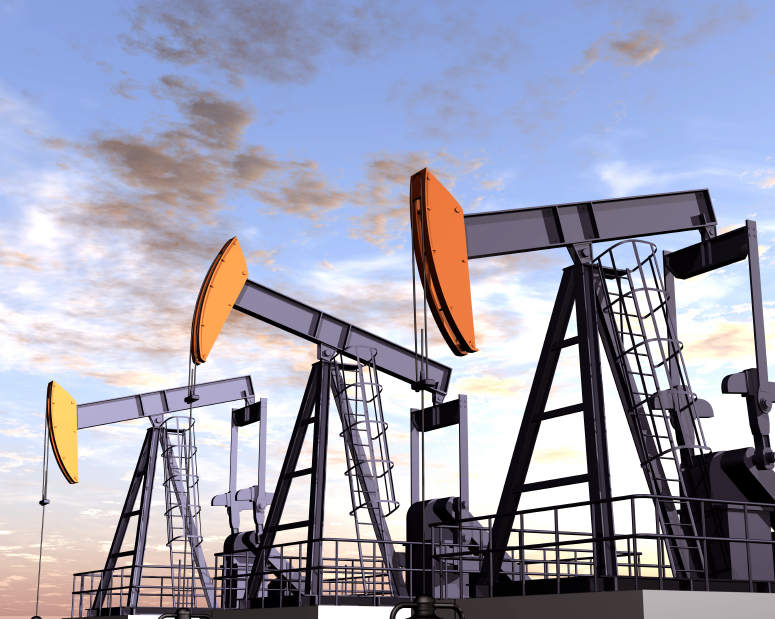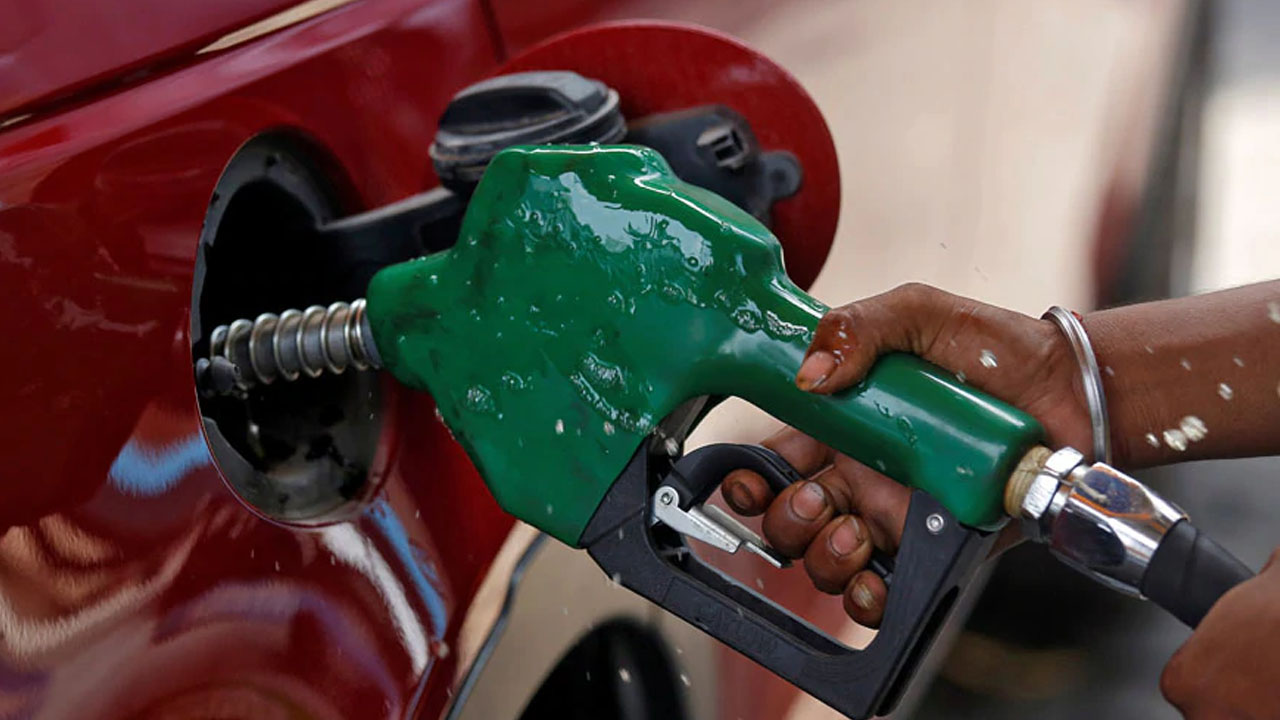Oil sank on Wednesday. May 16 after a rise in U.S. crude inventory added to signs demand may be slowing in spite of ongoing output cuts by producer group OPEC and imminent U.S. sanctions against Iran.
Brent crude futures were last down 47 cents at $77.96 a barrel by 0937 GMT, while U.S. crude futures were down 27 cents at $71.04 a barrel, leaving the spread between the two just shy of a 2015 high of $7 a barrel.
Physical crude markets are sagging under the weight of unsold barrels of oil, while the 50-percent rise in the oil price in the last year is encouraging major companies such as ExxonMobil (XOM.N), Royal Dutch Shell, Chevron, BP and Total to increase output, Reuters reports.
Spot crude oil cargo prices are at their steepest discounts to futures prices in years as sellers are struggling to find buyers for West African, Russian and Kazakh cargoes, while pipeline bottlenecks trap supply in west Texas and Canada.
The bottleneck in North America likely contributed to a 4.9 million barrel rise in U.S. crude oil inventories, to 435.6 million barrels, that the private American Petroleum Institute reported on Tuesday.
“The API inventory data in the U.S. fits with … a topping pattern – or at least a decent pause – for oil prices at the moment,” said Greg McKenna, chief market strategist at futures brokerage AxiTrader.
Official U.S. government fuel storage data is due for release by the Energy Information Administration (EIA) later on Wednesday.
With renewed U.S. sanctions looming against OPEC-member Iran and oil demand strong, analysts said crude markets will likely remain tight for much of the year. Stronger oil prices are also spilling into other markets.
“A rising oil price brings upside price risk to all commodities,” Morgan Stanley said in a note this week.
The International Energy Agency on Wednesday warned global demand is likely to moderate this year, as the price of crude nears $80 a barrel and many key importing nations no longer offer consumers generous fuel subsidies.
In its monthly report, the Paris-based IEA cut its forecast for global demand growth to 1.4 million barrels per day for 2018, from a previous estimate of 1.5 million bpd.













